Shelly Fan in Singularity Hub:
 “That Cajun blackened shrimp recipe looks really good,” I tell my husband while scrolling through cooking videos online. The presenter describes it well: juicy, plump, smoky, a parade of spices. Without making the dish, I can only imagine how it tastes. But a new device inches us closer to recreating tastes from the digital world directly in our mouths. Smaller than a stamp, it contains a slurry of chemicals representing primary flavors like salty, sweet, sour, bitter, and savory (or umami). The reusable device mixes these together to mimic the taste of coffee, cake, and other foods and drinks.
“That Cajun blackened shrimp recipe looks really good,” I tell my husband while scrolling through cooking videos online. The presenter describes it well: juicy, plump, smoky, a parade of spices. Without making the dish, I can only imagine how it tastes. But a new device inches us closer to recreating tastes from the digital world directly in our mouths. Smaller than a stamp, it contains a slurry of chemicals representing primary flavors like salty, sweet, sour, bitter, and savory (or umami). The reusable device mixes these together to mimic the taste of coffee, cake, and other foods and drinks.
Developed by researchers at Ohio State University, the device has a tiny gum-like strip linked to a liquid reservoir. It releases each taste component in a gel and pumps the resulting blend onto the tongue. The system is wireless and includes a sensor to control the chemical mixture. In a demonstration, one person dipped the sensor into some lemonade in San Francisco and transferred a facsimile of the taste to people wearing the devices in Ohio in real-time. Complex flavor profiles—say, a fried egg—are harder to simulate. And it’s likely awkward to have a device dangling on your mouth. But the work brings us a little closer to adding a new sense to virtual and augmented reality and making video games more immersive.
More here.
Enjoying the content on 3QD? Help keep us going by donating now.

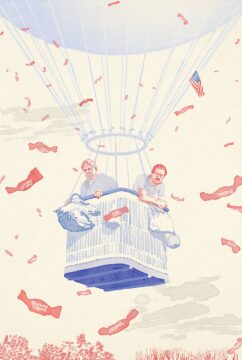 Each balloon carried two copilots vying to prevail in the 1995 Coupe Aéronautique Gordon Bennett, ballooning’s oldest and most prestigious aeronautical race. The goal was to travel the farthest distance possible before landing. Only the world’s most daring and decorated aeronauts could claim a spot in the field. The race typically lasted one or two days, and occasionally stretched into a third. No Gordon Bennett balloon had ever flown a fourth night, but favorable weather and a stretch of newly opened airspace now made that feat attainable for the first time. “It was fabulous, and we knew it,” said Martin Stürzlinger, a member of the ground crew for a balloon called the D-Caribbean.
Each balloon carried two copilots vying to prevail in the 1995 Coupe Aéronautique Gordon Bennett, ballooning’s oldest and most prestigious aeronautical race. The goal was to travel the farthest distance possible before landing. Only the world’s most daring and decorated aeronauts could claim a spot in the field. The race typically lasted one or two days, and occasionally stretched into a third. No Gordon Bennett balloon had ever flown a fourth night, but favorable weather and a stretch of newly opened airspace now made that feat attainable for the first time. “It was fabulous, and we knew it,” said Martin Stürzlinger, a member of the ground crew for a balloon called the D-Caribbean.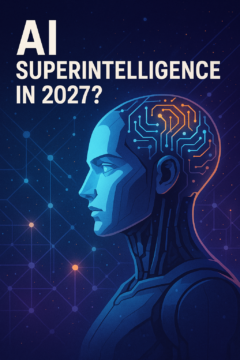
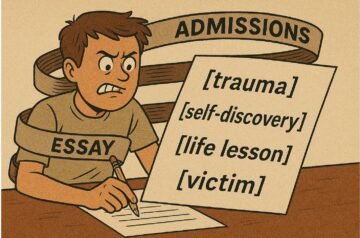 The college essay is a deeply unfair way to select students for top colleges, one that is much more biased against the poor than standardized tests. The college essay wrongly encourages students to cast themselves as victims, to exaggerate the adversity they’ve faced, and to turn genuinely upsetting experiences into the focal point of their self-understanding. The college essay, dear reader, should be banned and banished and burned to the ground.
The college essay is a deeply unfair way to select students for top colleges, one that is much more biased against the poor than standardized tests. The college essay wrongly encourages students to cast themselves as victims, to exaggerate the adversity they’ve faced, and to turn genuinely upsetting experiences into the focal point of their self-understanding. The college essay, dear reader, should be banned and banished and burned to the ground.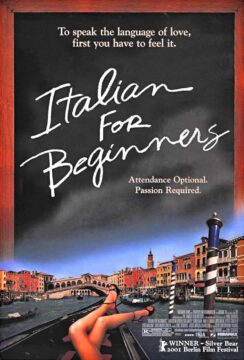 “T
“T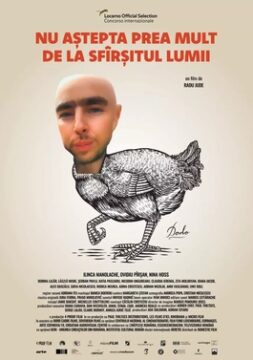 A half generation
A half generation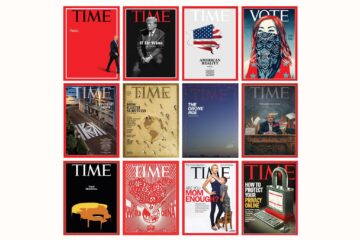 M
M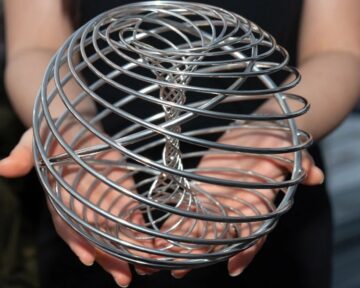 Five scientists who contributed to the development of the
Five scientists who contributed to the development of the 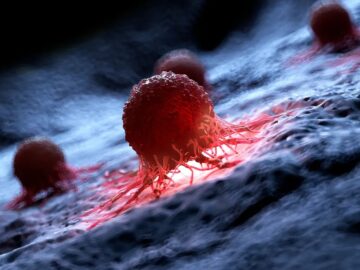 Back in 2014, a woman with advanced cancer pushed Adrienne Boire’s scientific life in a whole new direction. The cancer, which had begun in the breast, had found its way into the patient’s spinal fluid, rendering the middle-aged mother of two unable to walk. “When did this happen?” she asked from her hospital bed. “Why are the cells growing there?” Why, indeed. Why would cancer cells migrate to the spinal fluid, far from where they’d been birthed, and how did they manage to thrive in a liquid so strikingly poor in nutrients? Boire, a physician-scientist at Memorial Sloan Kettering Cancer Center in New York, decided that those questions deserved answers.
Back in 2014, a woman with advanced cancer pushed Adrienne Boire’s scientific life in a whole new direction. The cancer, which had begun in the breast, had found its way into the patient’s spinal fluid, rendering the middle-aged mother of two unable to walk. “When did this happen?” she asked from her hospital bed. “Why are the cells growing there?” Why, indeed. Why would cancer cells migrate to the spinal fluid, far from where they’d been birthed, and how did they manage to thrive in a liquid so strikingly poor in nutrients? Boire, a physician-scientist at Memorial Sloan Kettering Cancer Center in New York, decided that those questions deserved answers. Four years ago, I made a series for the BBC in which I
Four years ago, I made a series for the BBC in which I  It is among the most memorable moments in American literature. At the start of Chapter Three of his masterwork, Moby-Dick (1851), Herman Melville has his protagonist, the existential castaway Ishmael, newly embarked on his fateful commitment to go a-whaling (is it a kind of suicide? a mere lark? both?), push open the door of a port-side rough-house for boozing mariners: the so-called “Spouter-Inn”. It is dark. It is dank. Savage weaponry from cannibal isles spikes the walls. And those who hunker at the bar are renegades and isolatoes, gruff men of the sea. In the half-light, Ishmael immediately discerns, in the entryway itself, like a warning over the threshold, “a very large oil-painting”.
It is among the most memorable moments in American literature. At the start of Chapter Three of his masterwork, Moby-Dick (1851), Herman Melville has his protagonist, the existential castaway Ishmael, newly embarked on his fateful commitment to go a-whaling (is it a kind of suicide? a mere lark? both?), push open the door of a port-side rough-house for boozing mariners: the so-called “Spouter-Inn”. It is dark. It is dank. Savage weaponry from cannibal isles spikes the walls. And those who hunker at the bar are renegades and isolatoes, gruff men of the sea. In the half-light, Ishmael immediately discerns, in the entryway itself, like a warning over the threshold, “a very large oil-painting”.